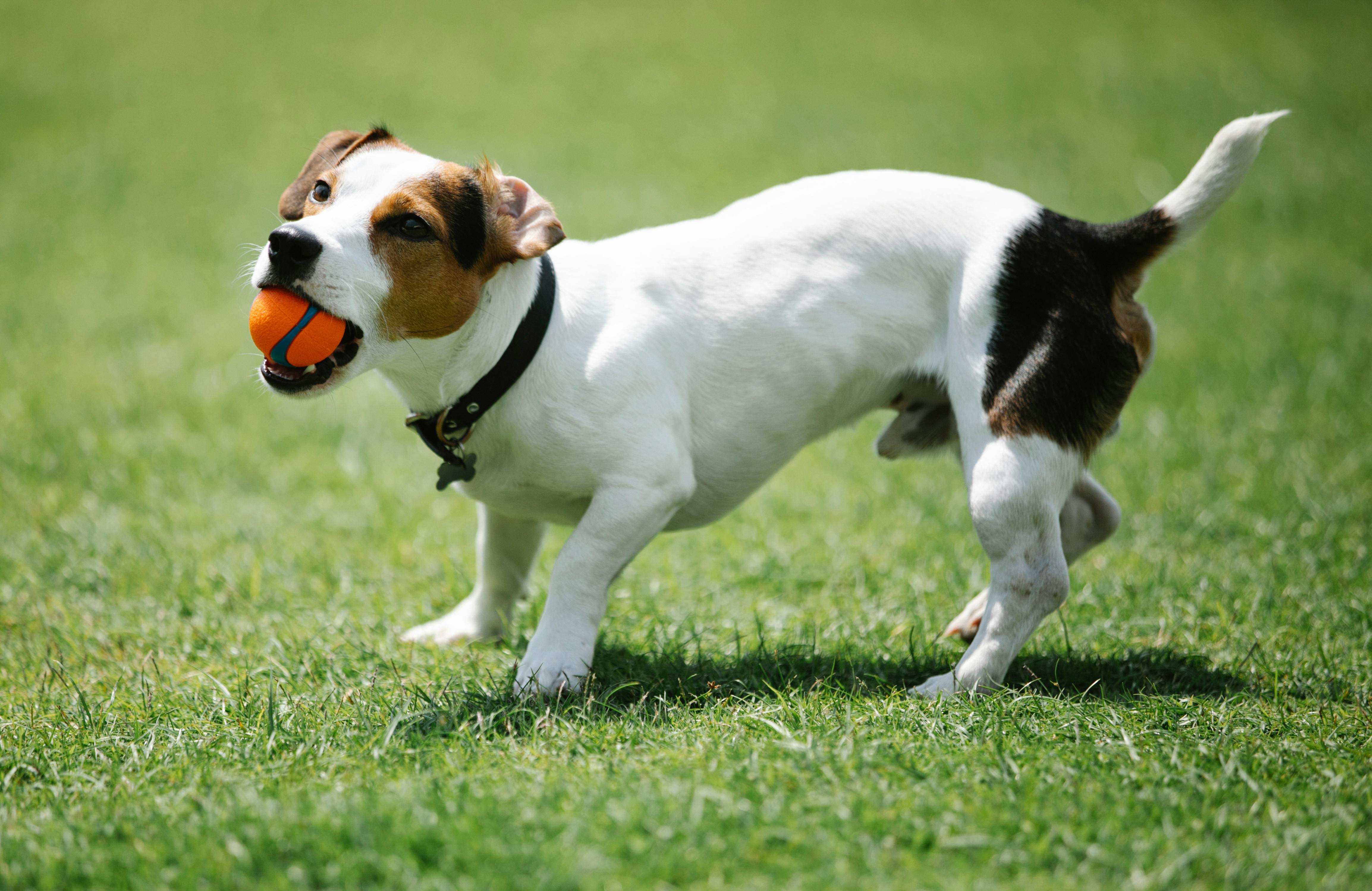Dogs are beloved companions and family members, and it’s important to understand their reproductive anatomy. One of the questions people often ask is whether dogs have two sets of balls. To answer this question, it’s important to look at the anatomy of male dogs and how they reproduce.The Anatomical Structures of a Dog’s Reproductive System include the male organs, such as the testes, epididymis, vas deferens, prostate gland, and penis; and the female organs, such as the ovaries, oviducts/fallopian tubes, uterus, cervix, and vagina.
Are Male Dogs Born with Two Testicles?
Yes, male dogs are born with two testicles, also referred to as testes, located in the scrotum. The scrotum is the sac of skin located on the underside of a male dog’s abdomen. Testicles are responsible for producing sperm and testosterone, which are necessary for reproduction and overall health. Typically, both testicles will descend into the scrotal sac by the time a pup is eight weeks old.
It is important to note that not all male puppies have two descended testicles at birth. In some cases, one or both may fail to descend into the scrotal sac or may be undescended even at eight weeks of age. This condition is called cryptorchidism and can be due to anatomical abnormalities or other factors such as genetics or hormones. If your puppy has an undescended testicle or two, your veterinarian can surgically remove them if necessary.
Testes play an important role in a dog’s overall health and wellbeing, so if you notice any changes in your pup’s scrotal area it is important to bring him to your veterinarian for evaluation. This includes any swelling, lumps or bumps in the area as well as any discharge from either testicle. It is also important to keep an eye out for any signs of pain or discomfort in your pup’s abdomen as this could indicate a problem with his testicles that should be checked out by your veterinarian right away.
How Do Dogs Reproduce?
Dogs reproduce through sexual reproduction. It involves the male and female dog coming together to produce offspring. During reproduction, the male dog’s sperm fertilizes the female’s egg, and then the fertilized egg is implanted in the female’s uterus. The process of gestation takes about nine weeks before puppies are born.
The female dog will usually have a heat cycle approximately every six months, during which she will be ready to mate with a male dog. Before mating, the male dog must first locate a willing female by sniffing her urine and then mounting her. If she accepts, he will then deposit his sperm inside her reproductive organs.
Once the eggs are fertilized, they begin to develop into embryos within the mother’s uterus. During this time, puppies can be seen moving around on an ultrasound and their organs are beginning to form as well. At around two weeks before birth, the puppies’ hearing develops and at four weeks they start to open their eyes.
At nine weeks gestation, it is time for the mother to give birth to her puppies in what is known as labor or whelping. In most cases, whelping goes smoothly without much help from humans; however if needed, a veterinarian can provide assistance in order to ensure that both mother and puppies remain safe during delivery.
After birth it is important for puppies to receive adequate nutrition from their mother’s milk in order for them to grow and develop properly. Puppies also need socialization in order to learn how to interact with other animals and humans which helps them become well-adjusted members of society when they reach adulthood. With proper care and nutrition throughout their lives dogs can live up to 15 years or longer depending on breed and lifestyle factors!
What Happens if a Dog Has One Undescended Testicle?
When a dog has one undescended testicle, it is known as cryptorchidism. This is a condition that affects the reproductive organs of the dog, and it can lead to infertility and other medical issues. In some cases, the undescended testicle may not cause any problems at all. However, in other cases, the condition can lead to complications such as an increased risk of developing cancer or an infection of the testicles.
The most common treatment for cryptorchidism in dogs is surgical removal of the affected testicle. This is typically done under general anesthesia and requires a brief hospital stay. After surgery, dogs can usually return to their normal activities within a few days. In some cases, however, there may be additional treatments or medications needed to help prevent infection or other complications from occurring.
It is important for pet owners to understand that cryptorchidism can be prevented by having their pet neutered before they reach sexual maturity. Neutering helps to ensure that both testicles are descended into the scrotum before they reach adulthood. If pet owners wait until after their pet has reached sexual maturity before having them neutered, they may be more likely to develop cryptorchidism due to hormonal changes that occur during puberty.
In addition to having their pet neutered prior to reaching sexual maturity, pet owners should also take their pet for regular checkups with their veterinarian. During these checkups, the veterinarian will be able to check for any signs of cryptorchidism and provide appropriate treatment if needed. Early diagnosis and treatment are key when it comes to preventing potential complications from occurring due to this condition.
Castration Affecting a Dog’s Reproductive System
Castration is the surgical removal of a male dog’s testicles, and it has a significant effect on his reproductive system. By removing the testicles, the production of testosterone and sperm are ceased, thus eliminating all fertility. As a result, the male dog can no longer reproduce, and his overall sexual behavior decreases dramatically. Additionally, any existing medical issues associated with testicular hormones are also eliminated after castration.
The procedure itself is relatively simple and will usually be done under general anesthesia. Afterward, the dog may experience some pain or discomfort for a few days, but this can be managed with medication prescribed by your veterinarian.
In addition to eliminating fertility and decreasing sexual behavior in male dogs, castration also has some health benefits for the animal. One of these benefits is that it can help reduce aggressive behavior in male dogs that have been neutered early enough in life. This can be especially helpful for animals that exhibit overly aggressive behavior towards other pets or people. It may also help reduce territorial marking by male dogs, as well as roaming behaviors associated with seeking out mates.
Overall, castrating a male dog eliminates fertility and significantly reduces his sexual behavior while providing some other health benefits as well. However it should be noted that this procedure should only be done on healthy animals under the supervision of a qualified veterinarian.

Are There Health Risks Associated with Having Two Testicles in Dogs?
Dogs that are born with two testicles, known as cryptorchidism, can have a range of health risks associated with them. This condition is caused by the failure of one or both testicles to descend into the scrotum during development in utero. As a result, the testicles remain inside the abdomen or inguinal region instead. This can lead to a number of potential complications for dogs, including an increased risk for certain types of cancers and reproductive problems.
Cryptorchidism is considered to be a heritable disorder, meaning it can be passed down from parent to offspring. In addition, male dogs that have two testicles are more likely to suffer from a variety of other health issues such as urinary tract infections and prostate problems. They also tend to have reduced fertility rates compared to those with only one testicle.
While there are several potential health risks associated with having two testicles in dogs, it is important to note that not all dogs that are born with this condition will experience any negative effects. Regular veterinary exams and early detection are key in helping identify any issues before they become more serious. Additionally, neutering cryptorchid dogs at an early age can reduce the chances of developing some of these issues as they get older.
Ultimately, if your dog is born with two testicles it is important to monitor their health closely and consult your veterinarian for advice on how best to manage their condition throughout their life.
Different Breeds of Dogs Have Different Reproductive Systems
Dogs come in many shapes and sizes, and each breed has its own unique reproductive system. While all dogs have similar reproductive organs, the way they function can vary from breed to breed. Some dogs have larger or more active reproductive systems than others, while some breeds may be more prone to certain types of reproductive issues.
For example, larger breeds such as Great Danes may have a slower reproductive cycle than smaller breeds like Chihuahuas. This is because larger breeds require more energy to produce and sustain puppies, so their bodies take longer to regulate hormones and prepare for reproduction. On the other hand, smaller breeds tend to have faster reproductive cycles since they require less energy to reproduce.
The size of a dog’s uterus also plays a role in its reproductive system. Smaller dogs typically have smaller uteruses, which means that they can carry fewer puppies at one time than larger breeds. This can affect the size of the litter that a dog can safely give birth to and also increase the chances of complications during delivery.
Some breeds are also prone to certain reproductive issues due to their genetic makeup. Bulldog breeds, for example, often experience problems with their hips or legs due to their narrow pelvis structure, which can make it difficult for them to give birth naturally. Other issues such as uterine infections or ovarian cysts are commonly seen in some spayed female dogs due to hormonal imbalances caused by spaying too early or too late in life.
Overall, different breeds of dogs have different reproductive systems that affect how they reproduce and the type of care they need during pregnancy and delivery. Knowing your dog’s specific breed can help you better understand their unique needs when it comes to reproduction and ensure that they get the best possible care during this important stage in their life.
Ensuring a Dog is Fertile
Breeders can ensure that a dog is fertile by having the animal undergo various tests. The most common test is semen analysis, which evaluates the amount and quality of sperm in the semen. Other tests are available to evaluate the function of the reproductive organs, such as fertility ultrasound, blood tests, and hormone assays. All of these tests should be done by a qualified veterinarian who specializes in canine reproduction.
In addition to medical testing, breeders can also assess a dog’s fertility through physical examination. This includes evaluating the size and shape of the testes, evaluating for any abnormalities in the reproductive organs or surrounding area, and assessing for any signs of infection or inflammation.
Finally, breeders should also consider other factors when assessing a dog’s fertility such as its age, health history, diet, environment, and its overall condition. A healthy lifestyle is important for maintaining fertility in dogs; this includes providing adequate nutrition and exercise as well as avoiding stress-inducing situations. By taking all of these steps into consideration, breeders can ensure that their dog is fertile and capable of producing healthy offspring.

Conclusion
Dogs have a unique reproductive anatomy. Although they do not have two sets of testicles, their reproductive organs are still complex and fascinating. They possess an array of organs that come together to enable successful reproduction. In male dogs, the testicles are located inside the scrotum, and the penis is positioned in the sheath when not in use. Female dogs have two ovaries and two uterine horns, as well as a vagina and vulva which work together to allow mating and then birth. The canine reproductive system is a truly remarkable thing.
Overall, it can be concluded that while dogs do not have two sets of balls, they still have a highly complex and fascinating reproductive anatomy that is integral to their ability to successfully reproduce. From the penis and scrotum of the male dog to the ovaries, uterus, vagina and vulva of the female dog, there is much to explore in their reproductive systems. Additionally, understanding this anatomy can help us better care for our canine friends and ensure they remain healthy.




